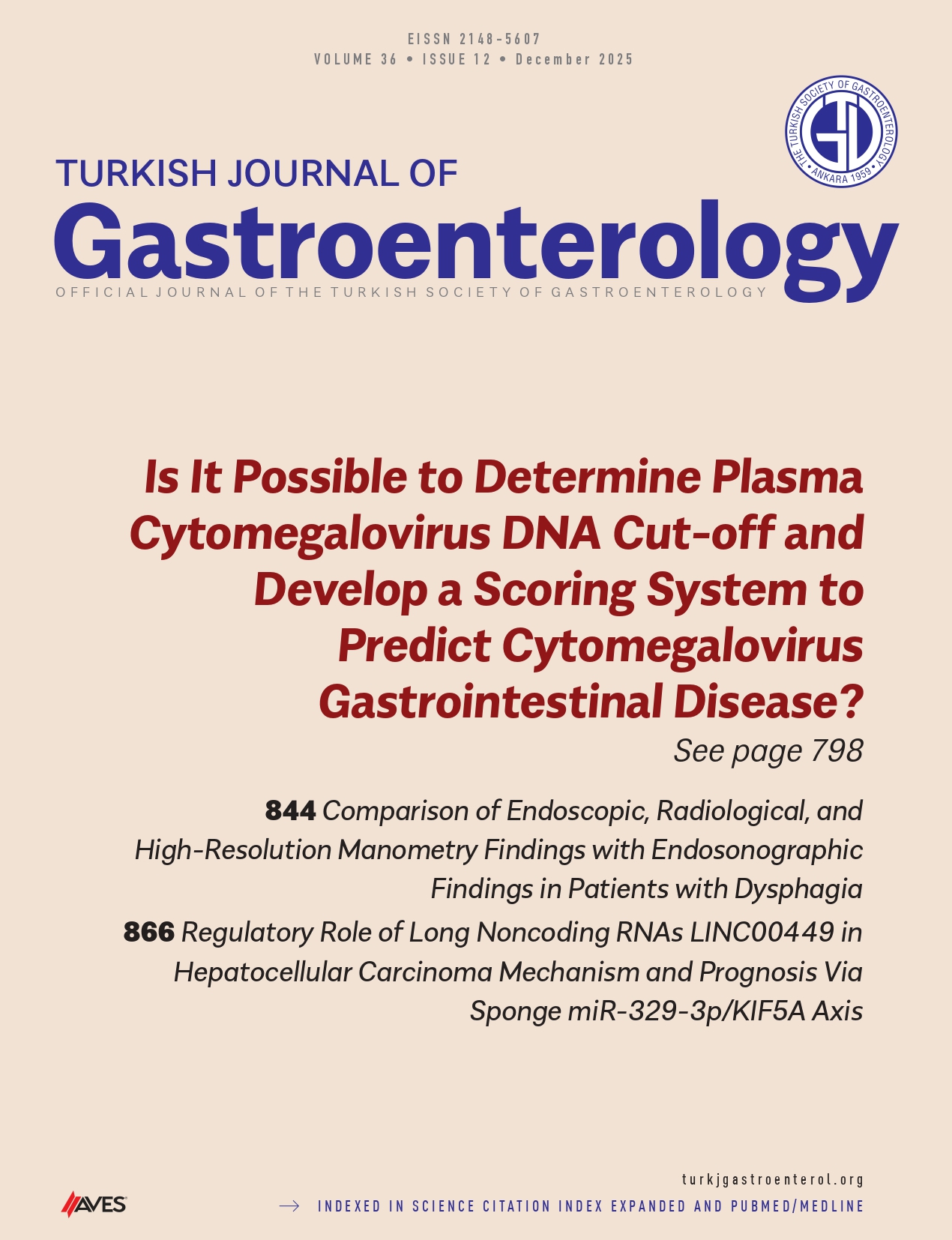Background/Aims: The aim of the present study was to investigate the effects of the combination treatment of pentasa and probiotics on the microflora composition and prognosis in patients with inflammatory bowel disease (IBD).
Materials and Methods: A total of 40 patients with IBD (19 control group and 21 observation group) were randomized. Patients in the control group were given pentasa, and patients in the observation group were given probiotics along with pentasa. The microflora composition, biochemical indices, inflammatory markers, and activity scores of the two groups were analyzed.
Results: After treatment, the number of enterobacteria, enterococci, saccharomyces, and bacteroides; the levels of fecal lactoferrin, 1-antitrypsin, β2-microglobulin, high-sensitivity C-reactive protein, and interleukin (IL)-6; activity scores; and recurrence rate in the observation group were significantly lower than those in the control group. Bifidobacterium and lactobacillus counts and IL-4 levels were significantly higher in the observation group than in the control group.
Conclusion: The combination of probiotics and pentasa can improve microflora composition in patients with IBD and reduce the level of inflammatory cytokines; therefore, it is worthy of further clinical validation.
Cite this article as: Fan H, Du J, Liu X, et al. Effects of pentasa-combined probiotics on the microflora structure and prognosis of patients with inflammatory bowel disease. Turk J Gastroenterol 2019; 30(8): 680-5.




.png)
.png)